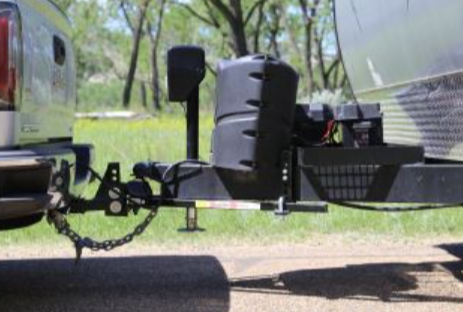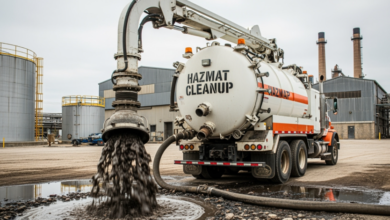Selecting the Appropriate Weight Distribution Hitch for Your Towing Requirements

Key Takeaways
- Understanding the importance of a weight distribution hitch for safe towing.
- Factors to consider when choosing the right hitch for your vehicle and trailer.
- Practical tips for installing and maintaining your hitch.
Why a Weight Distribution Hitch is Essential
Towing heavy loads can significantly affect your vehicle’s performance and safety. A weight distribution hitch helps to evenly distribute the trailer’s weight across all axles, which not only enhances stability and control but also helps prevent dangerous driving conditions. Improperly balanced loads can lead to wobble, loss of control, and longer stopping distances, according to the National Highway Traffic Safety Administration (NHTSA). Stability in trailers, including campers, boats, and utility trailers, is crucial for long trips and diverse terrains. The right hitch enhances comfort and reduces stress during travel.
Critical Factors in Choosing the Right Hitch
Selecting the right hitch involves considering several factors:
- Trailer Weight: Matching the hitch to your trailer’s weight capacity is crucial for safety and balance. An overloaded hitch can cause issues and road hazards, ensuring an efficient towing setup.
- Vehicle Compatibility: Choose a compatible hitch for your tow vehicle, as different cars have varying towing capabilities. Consult your vehicle’s owner manual or a professional for exact specifications.
- Type of Load: Selecting the right hitch for your trailer’s load type is crucial for ensuring the right fit for various trailers, such as RVs, boats, and utility trailers.
Considering these aspects and making an informed selection, you may make the best choice for your towing requirements.
Types of Weight Distribution Hitches
There are several types of weight distribution hitches, and each offers its benefits.
- Round Bar Hitches: Known for their ease of adjustment, round bar hitches are user-friendly and effective in distributing weight. This type of hitch is well-suited for those who prioritize simplicity and ease of use.
- Trunnion Bar Hitches offer more ground clearance, making them suitable for rough terrains and off-road conditions. This feature is particularly beneficial for adventurers who often find themselves on uneven paths.
- Andersen Hitches: Andersen Hitches are known for their innovative design and lightweight construction, offering modern and efficient solutions for modern and efficient use.
By being aware of the distinct advantages of each kind, you can make an informed decision and pick the best hitch possible for your unique towing requirements and tastes.
Read more: The Future of Credit Unions: Adapting in a Digital World
Installation Tips
Your weight distribution hitch’s efficiency and security depend on a proper installation. Following these tips can help ensure that your hitch is installed correctly:
- Read the manufacturer’s instructions carefully. This step is vital as each hitch may have specific guidelines that must be followed. Disregarding these guidelines may result in an incorrect installation and decreased hitch functionality.
- Ensure your vehicle and trailer are on level ground before beginning. When your vehicle and trailer are level, it ensures accurate alignment and makes the installation process smoother.
- Tighten all bolts to the specified torque settings using a torque wrench. It ensures the bolts are neither loose nor tight, promoting safety and performance. Over-tightening can cause damage while under-tightening can lead to parts coming loose.
These tips can help you achieve a seamless and secure installation, improve the towing experience, and ensure you and your cargo remain safe on the road.
Maintenance and Safety
Your hitch’s lifespan may increase, and continuous performance and safety can be ensured with routine maintenance. Here are some vital upkeep pointers:
- Check the hitch regularly for indications of wear and tear. Frequent inspections can help you identify problems early on and avert minor issues from developing into serious safety risks.
- Lubricate moving components according to the manufacturer’s recommendations. Proper lubrication reduces friction and wear, ensuring smoother operation and extending the life of your hitch.
- Check the torque on all bolts periodically. Over time, bolts can loosen due to road vibrations and use. Re-tightening them ensures that the connections remain secure.




